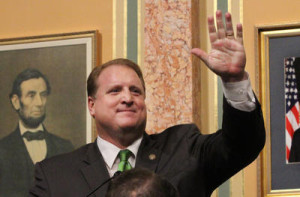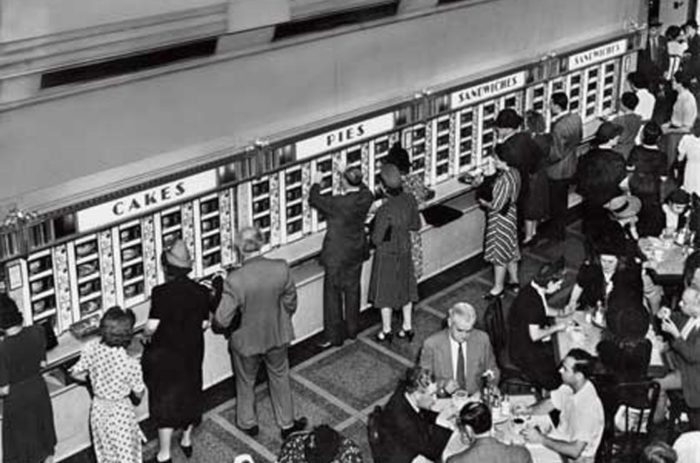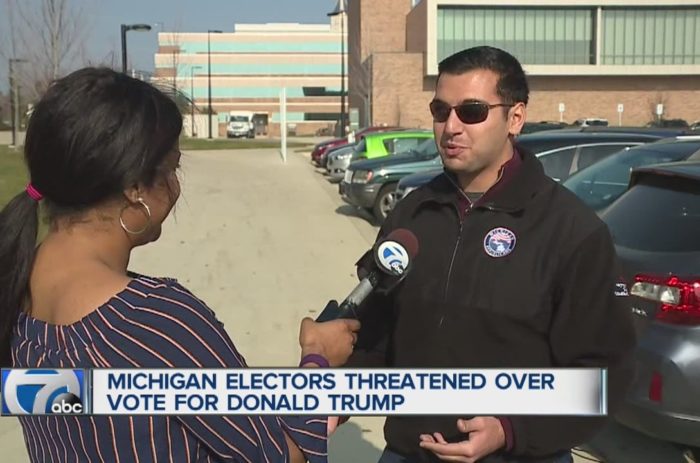The following is an excerpt from OpinionJournal.com’s “Best of the Web” written by the editor, James Taranto.

Former Iowa Gov. Chet Culver
Bottom Story of the Day
“Ex-Iowa Governor Culver Not Running for Any Offices in ’14”–headline, Des Moines Register, Feb. 13
Math Is Hard
“Another strong month of sign-ups in new health insurance policies created under President Barack Obama’s health care law pushed Illinois’ total enrollment to 88,602 through Feb. 1, bringing the state on target with initial federal projections,” the Chicago Tribune reports.
How does the paper arrive at the conclusion that the state is “on target with initial federal projections”? Observe:
Despite the surge of sign-ups, the disastrous launch of the Affordable Care Act’s open-enrollment period in October leaves the nationwide figures short of the administration’s goal to have 4.4 million people signed up by the end of January, according to a September Department of Health and Human Services memo.
Feel free to pull out a calculator if you’d like to check our math. Divide 4.4 million by 50, the number of U.S. states, and you get 88,000–almost exactly the number of sign-ups in Illinois. If every state has 88,000 sign-ups, then the nation is on target.
Just one problem: Illinois, the fifth most populous state, accounts for approximately 1/25th, not 1/50th, of the national population. So to be “on target with initial federal projections,” based simply on population, the number of Illinois sign-ups would have to be about twice as large as it is.
Youngsplaining
Charles Blow weighs in on some “eyebrow-raising” recent remarks by Justice Clarence Thomas:
“My sadness is that we are probably today more race- and difference-conscious than I was in the 1960s when I went to school. To my knowledge, I was the first black kid in Savannah, Ga., to go to a white school. Rarely did the issue of race come up.”
He continued:
“Now, name a day it doesn’t come up. Differences in race, differences in sex, somebody doesn’t look at you right, somebody says something. Everybody is sensitive. If I had been as sensitive as that in the 1960s, I’d still be in Savannah. Every person in this room has endured a slight. Every person. Somebody has said something that has hurt their feelings or did something to them – left them out.”
He added:
“The worst I have been treated was by northern liberal elites. The absolute worst I have ever been treated.”
There is so much to unpack here that one hardly knows where to start. But let’s start here: The racial reality of blacks in the South in the 1960s was that race- and difference-consciousness was virtually inescapable, and often stifling.
Thomas, like Blow, is a black man who grew up in the South. But there’s something more than a bit off about Blow, who was born in 1970, lecturing Thomas, who was born in 1948, about “the racial reality of blacks in the South in the 1960s.” Only one of them has direct personal experience in that area, and it isn’t Blow.
For more “Best of the Web” click here and look for the “Best of the Web Today” link in the middle column below “Today’s Columnists.”



